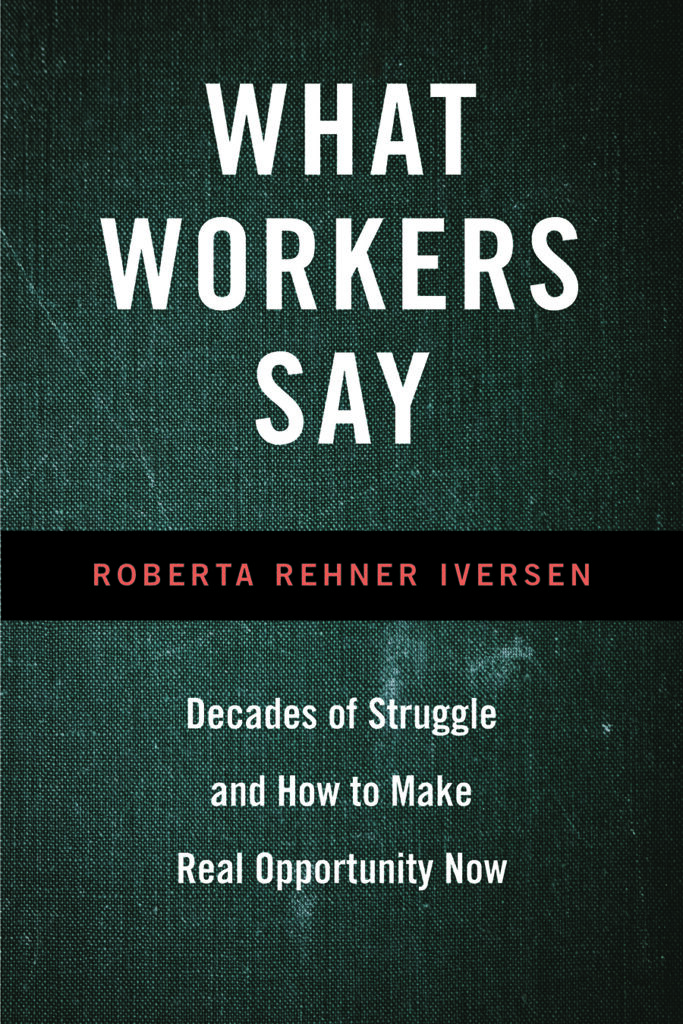
In the last decade, housework research emphasized the importance of focusing on economic resources, particularly women’s own resources, to analyze housework participation and the amount of time people spend on housework. Meanwhile, most research papers in the period modeled women’s and men’s housework time separately, whereas the need to analyze the gender gap itself remained.
We know that there are differences in housework time between women and men. We also know that resources, particularly women’s own resources, are important in explaining their housework time. But how much do economic resources actually matter in the gender gap in housework? Does the effect of resources increase or decrease over time?
In the recent paper published in the Social Science Journal, we answer these questions and analyze the gender gap in housework time using the American Time Use Survey Data Extract Builder (ATUS-X) data for the period of 2003-2019. First, we examined how much economic resources such as spousal and own usual weekly paid work hours, spousal and own hourly wage, and women’s earnings share explain the gender gap in housework time. As Figure 1 shows, the combined effect of resources can explain up to about 40% of the gender gap in housework.
Continue Reading…


